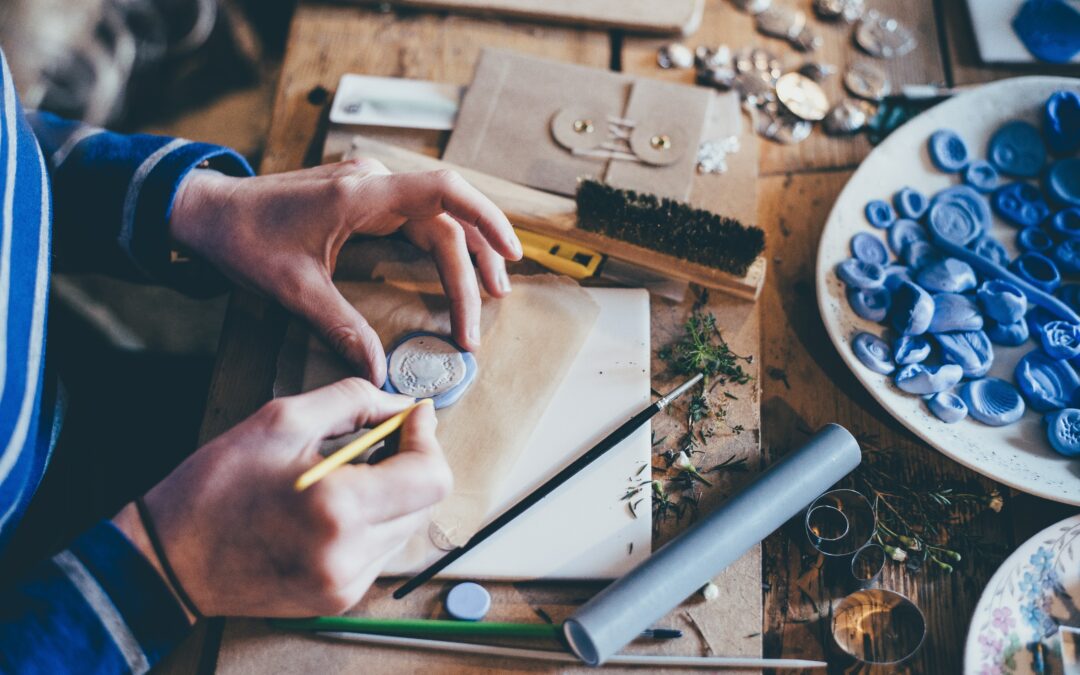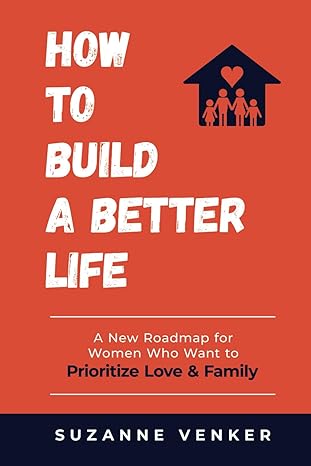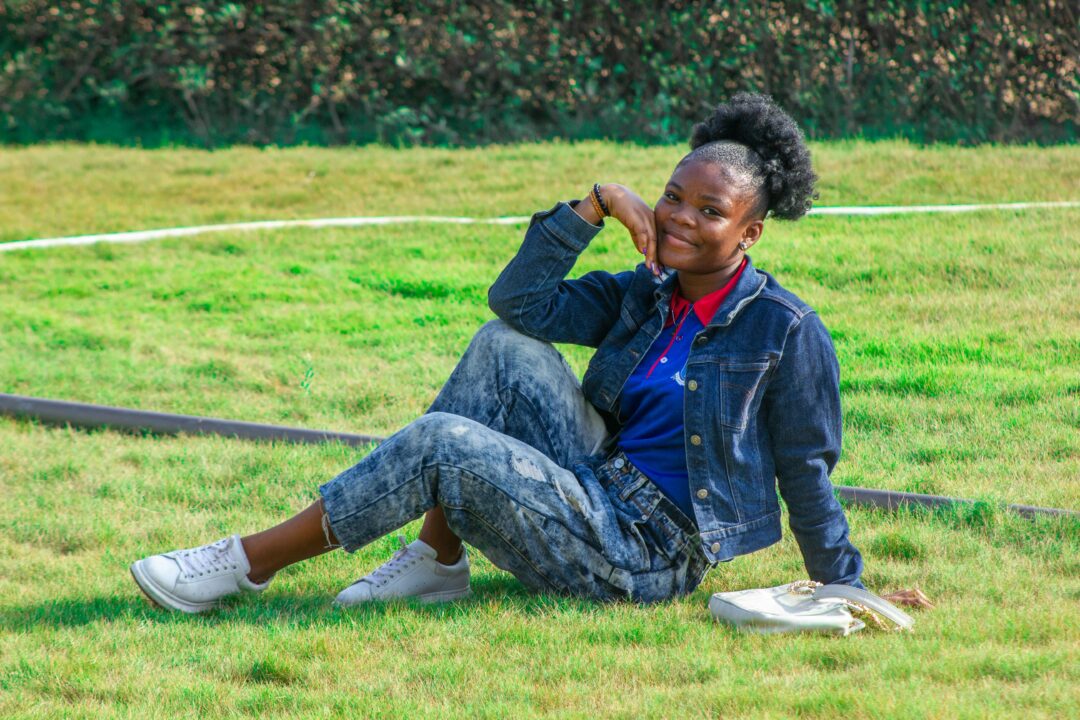Hand Made Homes
“Developments in Artificial Intelligence will render 80% of ‘white-collar’ professional jobs redundant over the next thirty years.”
This was one of the very striking predictions made by Dr Stephen Davies of the Institute of Economic Affairs at the Home Renaissance Foundation Experts’ Meeting: The Home in the Digital Age this February 2019.
Education, health – diagnostics and therapies, banking and legal processes will all be more efficiently carried out by the new technologies.
Alongside this startling vision of the future was another prediction: that replacing the human brain with a machine will prove easier than replacing the human hand. Our future will be handmade.
Already it is possible to see a renewed interest in artisanal activities and businesses. How many micro-breweries, specialist bread and locally-roasted coffee shops are there now than there were a decade ago?
Alongside this, websites such as Etsy and Pinterest are providing a platform for hand and homemade articles. There is an awakening interest and desire to move away from fast, faceless mass-production to individual, “one-off”, “bespoke” or “hand-crafted” things for our homes and for ourselves.
These skills and processes speak of time, talent and care. It is appealing to look at a piece of jewellery or furniture – or even a cup of coffee or bread roll – and know that it has been lovingly and painstakingly created rather than rolled off a robotic conveyor belt.
This, then, is an opportunity for craftsmen and women to gain a market for their work, but it also offers an opportunity for all of us to reengage with many of the traditional skills that got left behind in the rush for mechanization.
Only a matter of a generation ago, school children were taught not only the theory of materials and textiles as they are today, but actually how to make things in wood, metal and clay, how to knit, to sew, to weave and to mend.
With these skills – and admittedly some aptitude and much practice- a school-leaver was capable of making and maintaining the fabric of their home. Nowadays although this is much less likely, those skills basic to this literal “home-making” are becoming increasingly accessible again. Youtube is bursting with clips of “how to” and many local hubs are offering training in traditional crafts.
One of the best ways of gaining new skills and motivating ourselves to use them is to have a project in mind. It might be to add feature to our gardens: “I made this bench myself”. It might be to make clothes for ourselves or our children – or curtains, or chair covers or whatever else it takes our fancy to make our own distinctive mark upon.
Taking time to immerse ourselves in learning and creating is so much more satisfying than the quick “hit” of buying things. As the days get longer and brighter and our energy levels rise with the coming summer sunshine, why not try your hand at making something for your home? You will be building the future at the same time!
This article was written by Ángela de Miguel, Project and Media Manager at Home Renaissance Foundation, an international think tank based in London which promotes greater recognition of the work required to create a thriving home. It meets the fundamental needs of individuals and the family that play a crucial role in creating a more humane society. The views expressed in this paper are solely the author’s views.







Commentaires récents